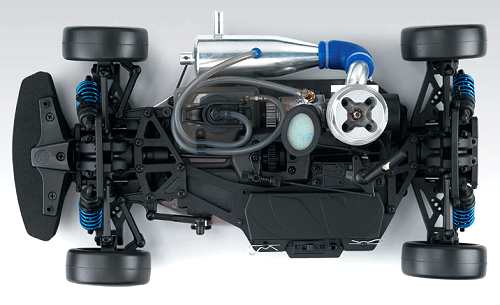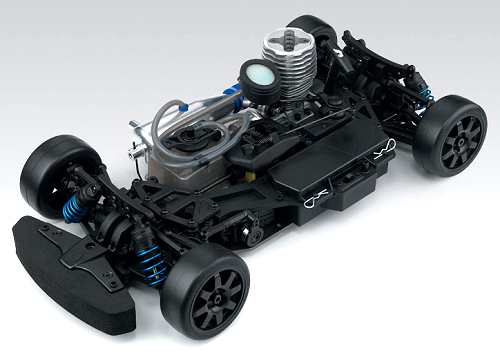

|
|
|


|
|
Maßstab 1:10 Nitro Rallye/Tourenwagen:
Thunder-Tiger Tomahawk MX - TTR 6196 F (Funkgesteuertes Modell Rezension)Geschichte + Informationen für der TT Tomahawk MX::
Eingeführt von Thunder Tiger in 2008, der 4WD Tomahawk MX Tourenwagen - TTR 6196 F - kam RTR mit einem PRO-18BX-Motor, Funksystem und einer Reihe von Karosserieoptionen wie Audi, Nissan und BMW.
▼ Scrollen Sie für weitere Bilder ▼
|








|
|
|

★ Thunder Tiger Tomahawk MX Chassis ★

★ Thunder Tiger Tomahawk MX Chassis ★

|
Kaufen einer Gebraucht Thunder-Tiger Tomahawk MX
|
|
Hersteller und Marken, katalogisiert und gelistet von RC-Scrapyard.
Derzeit sind die RC-Modell Hersteller, Marken und Distributoren die von uns abgedeckt werden: ABC Hobby, Academy, Acme Racing, Agama Racing, Amewi, Ansmann Racing, ARRMA, Team Associated, Atomic RC, Axial, AYK, Bolink, BSD Racing, Capricorn, Carisma, Carson, Caster Racing, Cen, Corally, Custom Works, Durango, Duratrax, ECX - Electrix, Exceed RC, FG Modellsport, FS-Racing, FTX, Fujimi, Gmade, GS-Racing, Harm, HBX, Helion, Heng Long, Himoto Racing, Hirobo, Hitari, Hobao, Hong-Nor, Hot Bodies, HPI, HSP, Intech, Integy, Jamara, JQ Products, Kawada, Kyosho, Losi, LRP, Maisto, Mardave, Marui, Maverick, MCD Racing, Megatech, Mugen, New Bright, Nichimo, Nikko, Nkok, Ofna, Pro-Pulse, Protech, PTI, RC4WD, Redcat Racing, RJ-Speed, Robitronic, Schumacher, Seben, Serpent, Smartech, Sportwerks, Step-Up, Tamiya, Team-C Racing, Team Magic, Thunder Tiger, Tomy, Top Racing, Traxxas, Trinity, Tyco, Vaterra RC, Venom, VRX Racing, WLToys, X-Factory, Xmods, Xpress, Xray, XTM, Yankee RC, Yokomo, ZD Racing und Zipzaps. |
|
Beratung und Information
So Vermeiden Sie Funkstörungen
1/ Sie müssen zunächst sicherstellen das Ihr Empfänger angebracht ist weit weg von den negativ pol von der Batterie und der Motor. Das Magnetfeld kann verursachen Stottern Interferenz zu Zeiten hoher Stromaufnahme (Schnelle Beschleunigung) |
|
Beratung und Information
Stoßdämpfer
Dämpfer, Stoßdämpfer, Shocks ... nennen sie das, was Sie, eine der am wenigsten verstanden sind sie, aber am wichtigsten Werkzeuge, die Sie für die Einstellung der Fahreigenschaften Ihres RC-Modell haben.
So wie Dämpfer arbeiten?
Im Grunde, was Sie haben, ist eine kleine Menge von Silikonöl in einem geschlossenen Zylinder enthalten. Durch das Zentrum dieses Zylinders ist ein Metallstab, und am Ende dieser Stange ist ein Kolben mit einer Reihe von kleinen Löchern. Ziehen oder Drücken der Stange in und aus dem Zylinder, Ihr einen gewissen Widerstand spürbar, da das Öl durch die Löcher im Kolben gedrückt wird. |
|
RC-Modelle:
|
Radio & Motoren: |
Andere
Zubehör: |